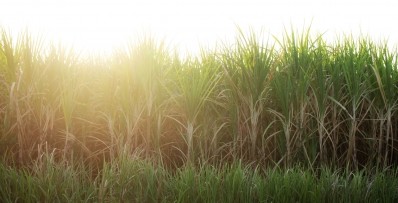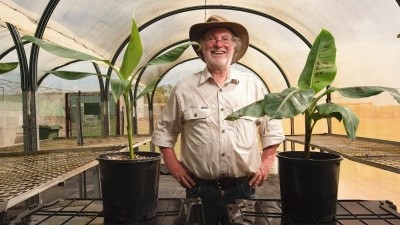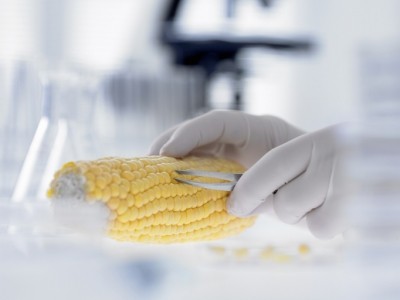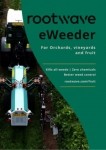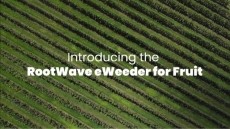World Agri-Tech Innovation Summit Roundup
Photosynthesis breakthrough in corn – but can a ‘new type’ of ag follow?
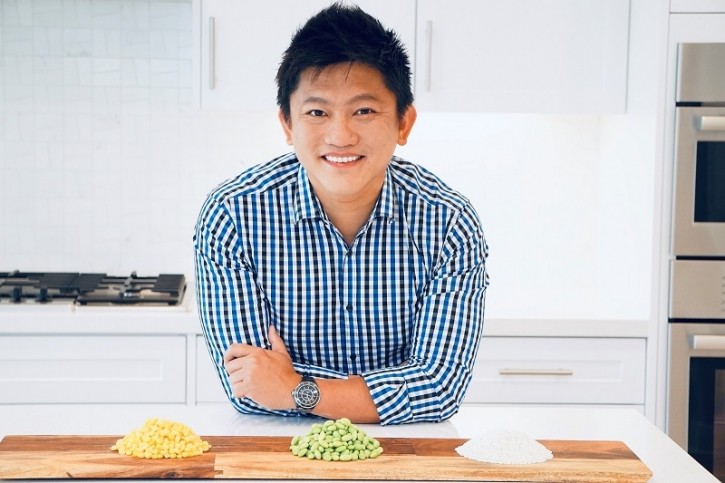
How do we increase the oil content in crops without sacrificing yield or protein quality?
That’s the mission of plant traits company Zeakal, which is using genetics to confer unique properties into the world's most important crops.
Its flagship proprietary plant trait technology, called PhotoSeed, enhances a plant’s photosynthetic capacity. By capturing more CO2 and sunlight, this improves the crop’s oil and sustainability profile without compromising yield or protein.
“The most complex, difficult and therefore most expensive thing that plants make is oil,” Han Chen, co-founder and CEO of ZeaKal, told AgTechNavigator at the recent World Agri-Tech Innovation Summit (19-20 March 2024). “It has 2.25 times the energy requirements of sugars. Oil is extremely hard to make, and we only really get oil out of seeds. ZeaKal has been able to use this additional carbon capture to make more oil in the world's largest crops without needing any additional inputs or additional land.”
The San Diego-based company’s technology began in soybeans where it claims an increase in oil by 15% without dropping protein or yield.
It has now replicated that success with corn. In first year replicated field trials, PhotoSeed increased corn oil composition by an average of 23%.
Just as in soybeans, nutrient, and energy densification in PhotoSeed corn translates to more carbon captured in the seed, Chen told us. With higher oil production that does not require additional inputs or land, PhotoSeed therefore becomes a sustainability embedded trait that has the potential to lower the carbon intensity score of the crop.
“For the first time in decades we now have a high oil corn product that's able to increase oil content by over 20% per acre without taking away from field yields,” he said.
“In the past when we [the industry] tried to develop high-oil corn concepts they have always come with tremendous yield penalty. While we benefitted consumers of corn who got a better product it hurt growers who were losing revenue on yield. By now having energy-efficient, photosynthetically enhanced crops, we're not only maintaining grower returns but we're creating a better product that's going into that entire supply chain.”
Why we need innovative business models as well as innovative products
As a GM technology, ZeaKal’s PhotoSeed corn will (like its soy, which already has market approval) need regulatory approval. Commercialisation of the corn in the US is expected in the 2027 growing season.
But ZeaKal has bigger ambitions than simply enabling better crops. Chen stressed the imperative for accelerated innovation to meet the escalating demand for sustainable corn oil production. "This trait technology allows us to elevate the overall value of US corn and creates a differentiated, value-added product that addresses industry demand," he said.
“US farmers need innovation faster if we hope to compete in a challenging global commodity market. While we cannot change sunlight availability and geography for our growers, we can bring a latitude advantage to them through genetics.”
ZeaKal’s business model is therefore as equally innovative as its technology. It is aiming to restore value across the soy supply chain by creating a closed loop US system to capture and share premiums from better composition, processing advantages, and improved sustainability metrics with farmers and producers. It calls this the ‘NewType’ model.
PhotoSeed corn follows the model’s success, starting with integration into Gro Alliance’s extensive germplasm collection, breeding programme, and fully integrated seed production.
“For too long, extended periods of depressed commodity prices coupled with rising input costs have magnified risk for US farmers,” explained Jim Schweigert, president of Gro Alliance, which recently expanded its germplasm pool and secured a partnership with an advanced sorting technology company. “With ZeaKal's breakthrough technology and our expanded capacity and partnerships, we are setting our sight on the better seed for the entire value chain; farmers, seed companies and end-users.”
According to Chen, “the future of agriculture must be grounded in innovation that democratises value creation or else agriculture will not be responsive to demands for improved sustainability, nutrition, and energy.
“Starting with the grower, our vision is to leverage trait technology and replicate our NewType model to ensure value creation and sharing across the entire supply chain.
“Today the way the seeds are marketed and sold is profiting off the back of growers,” he stressed. “We are changing the paradigm on this. We view growers as partners not as customers. So we want them to partner with us to grow the seeds and share the value in the supply chain that they currently don't.”
ZeaKal’s goal, he explained, is to use its technology to reimagine the supply chain. The current agriculture system is “too fragmented vertically and consolidated horizontally”, he complained, and unable to respond to current needs of “better nutrition, improved sustainability, and the ability to use biofuels to address energy demand”.
But he sees signs of industry inertia cracking. For example, in the last couple of years ZeaKal has announced partnerships with the chicken processing and grains giant Purdue Farms, and North America’s largest agricultural retailer Nutrien Ag Solutions. According to Chen, these deals illustrate how big ag is beginning using its market power to pull through new technologies and changes in behaviour.
“We are trying to recreate this entire new eco-system with unlikely bedfellows from the past who are trying to make ag more sustainable, nutritious and responsive to consumer needs. That can be a blueprint for what ag can look like in the US and throughout the world.”
